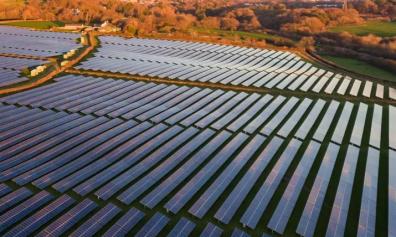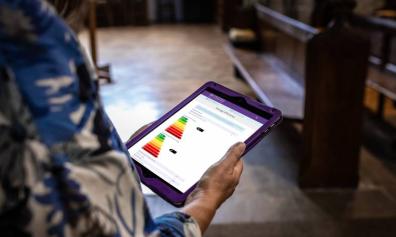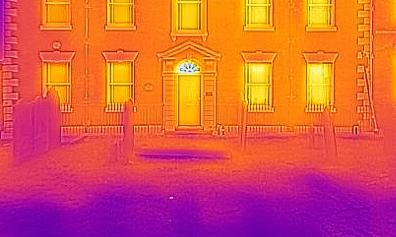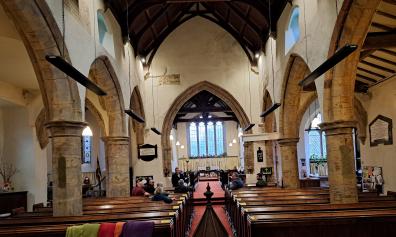
Responding to the climate crisis is an essential part of our responsibility to safeguard God’s creation and renewing our relationship with the environment.
The General Synod of the Church of England voted in February 2020 for the whole of the Church of England to achieve net zero carbon by 2030.
The vote recognised that the global climate emergency is a crisis for God’s creation and a fundamental injustice.








![Deanery Environmental Representatives [DERs]](/content/images/thumbnail/1kq5h4oydavxln2z6rmpstegu98jbw37cf0.jpeg)
